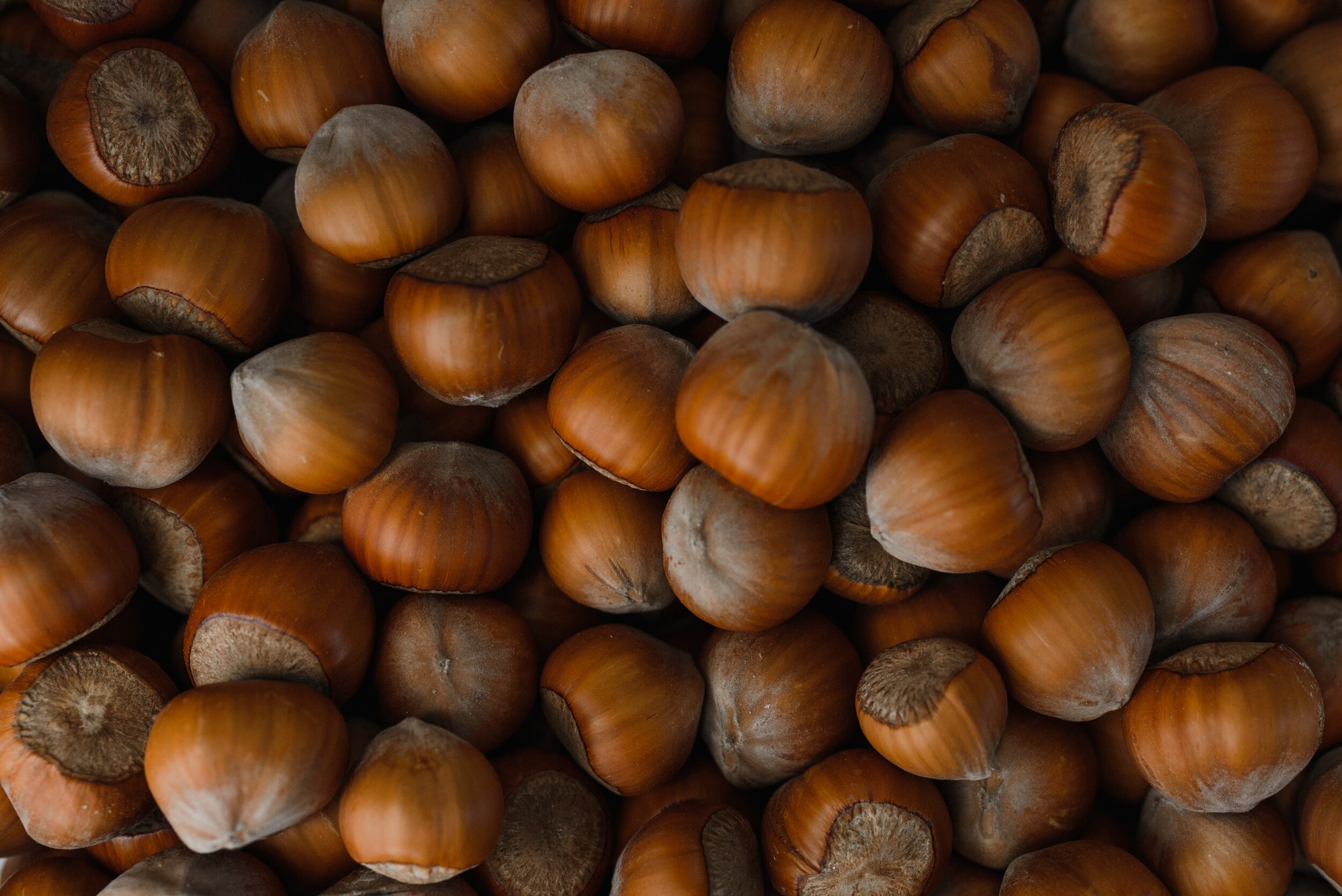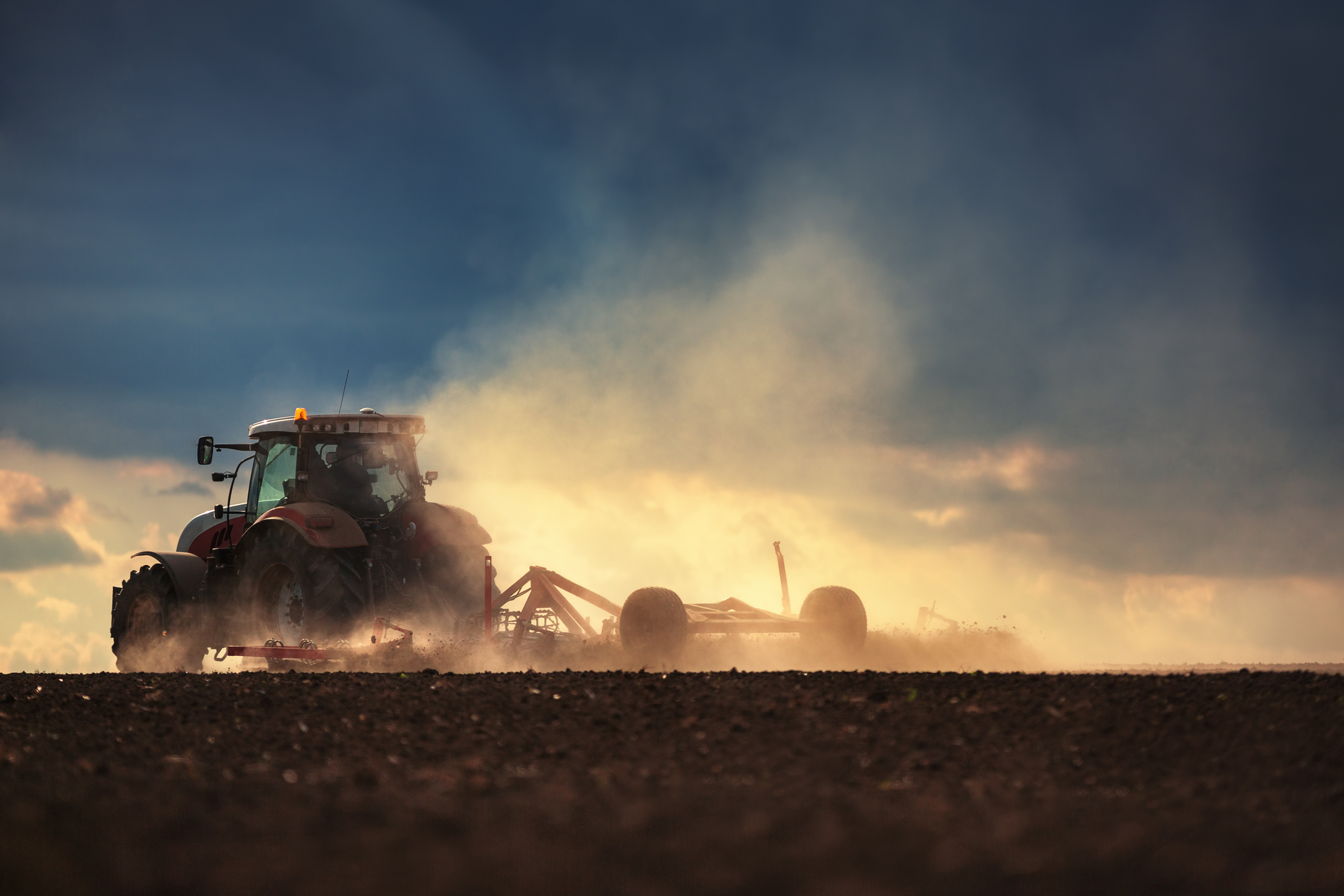Tree crops have proven themselves as a sturdy investment option that can bring an investor returns for years to come. Though in more recent years, hazelnuts have held their ground as a tree crop that has increased in global demand, generates an appealing risk/return profile, and has rightfully earned its spot as the fifth largest nut crop in the world.
Read moreAquaculture Investments: Making a Splash in 2021
The rising human population has unsurprisingly led to a boom in the demand for seafood. Consequently, the ocean is being rapidly depleted, not only reducing the seafood supply, but also negatively impacting ecological systems and reducing biodiversity. The rising need for animal protein, which is expected to increase by 52% by 2050, can only be met by farming fish. Aquaculture, which is the controlled breeding and harvesting of aquatic organisms, creates alternative sources of seafood for the growing population.
Read moreHow to Invest with KrogerFarms
So you’re thinking about investing in agriculture with KrogerFarms? Good choice -- investments in agriculture provide a hedge against inflation with little to no correlation to the overall stock market, and can be an attractive diversification tool for a portfolio. The universe of agriculture investment varies widely, with various crop types, growing methods, and offering structures, each with their own risk/return profile. Take a look at the simple steps below to get started. We are more than happy to aid you in your endeavors. But first, here’s a little bit about us.
Read moreMicroalgae - The Next Wave in Alternative Protein Investment
The alternative protein market has been a darling of investors the past few years, with most of the capital flowing into start-ups related to plant-based protein. However, a photosynthetic single cell cyanobacteria, commonly referred to as blue-green or microalgae, could drive the next wave of investments in alternative proteins.
Read more4 Reasons to Invest in Regenerative Agriculture
As agriculturalists and scientists seek solutions to the growing demand for sustainable agriculture products, many look to regenerative agriculture. Regenerative agriculture is a practice that involves enhancing the natural resource base and environment, while still producing sufficient amounts of high-quality food and being financially viable and safe for farmers and their communities. Regenerative cropping and farming practices aim to rebuild organic soil matter, resulting in a variety of environmental benefits, including improved soil biodiversity and reduced climate change. Regenerative agriculture also improves the sanitation of water and has proved to be a financially sound practice for farmers worldwide. The closed-loop system is thought to reduce humans’ impact on the environment and reverse damage.
Read moreProtect Your Portfolio from Market Volatility with Agriculture
The Coronavirus scare has taken a toll on the stock market as of late. Much of the volatility in the market is driven by “program trading,” or machine-driven stock selling and buying. Markets these days are increasingly driven by algorithms, instead of human traders.
Thousand point daily swings may work to Wall Street traders’ advantage, but to the average American with retirement savings, they can be a cause for anxiety and concern. Because so much money is locked up in Exchange Traded Funds and index funds, this volatility is magnified for most investors. The CBOE Volatility Index, or VIX as its known, has spike tremendously in the past week.
Read more3 Reasons Indoor Farming Is The Future of Agriculture
World hunger and food security remain pressing issues in today's society. With a diminishing amount of farmable land and an increase in global population, indoor agriculture can help with the challenges that lie ahead. Indoor agriculture will play a key role in meeting the need for more food, and the technologies these facilities adopt will open up a wealth of capabilities, jobs, and alternative investment opportunities that redesign both urban and agricultural landscapes.
Read moreInvest in Sustainable Agriculture
When we look at future generations, a majority of us would agree it’s important for them to have a safe and healthy world to live in, with plenty of resources available to sustain life. Achieving this image starts with what we, as a society, do today. Sustainable agriculture is just one way people are preparing for a better future, and there’s a way for all of us to get involved.
Read moreWhat Trump's Tax Reform Means to Agriculture Investors
The Trump administration’s promise of tax reform has investors across the country wondering how their portfolios will be impacted should this promise be fulfilled. Given the deal is still in negotiation between the House, Senate, and Administration, it’s hard to nail down specifics. However, farmland owners and investors in agriculture would can review the House of Representative’s Unified Framework for tax reform to better understand what this reform could mean to their investments.
Read moreInvesting in Real Estate vs. Investing in Agriculture
Savvy investors have long realized the advantages of owning real, tangible assets, especially those backed by underlying land. Real estate, both commercial and residential, is probably most familiar to alternative investors. But agriculture offers many of the same benefits, and can help diversify the real asset portions of a portfolio. In most cases, both commercial real estate and agriculture produce yield by collecting rents from tenants and returns from the appreciating value of land and the improvements on that land.
Read moreWhy Row Crops Make A Smart Alternative Investment
Similar to stocks or other traditional assets, agricultural investments can include many different sectors within the industry as a whole. With all of the available options, how does one decide which types of crops to invest in? One of the most common options is row crops. These commodity crops‒such as wheat, corn, and soybeans‒are staples of almost every country’s diet, and have historically been used by investors as a hedge against inflation. In addition to being consumed, these products are often used in feed for livestock and are the raw ingredients of almost everything we eat. The need for these crops will never subside; grains, corn, and soy are so prevalent in the food industry that demand is guaranteed to stand the test of time. The United States is the largest grain exporter in the world by quite a significant margin, and recent price stability is a good sign for both farmers and investors alike.
Read moreWhat Are Alternative Investments and How Does Agriculture Fit In?
It’s no secret that the stock market is the most common choice for most investors attempting to build their nest eggs. Millions of Americans regularly add stocks to their retirement accounts with the expectation that their hard-earned dollars are safe. Market cycles and inevitable corrections are a normal part of investing. However, some analysts are predicting that the next stock market crisis could eclipse that of 2007-2008. Cash, the traditional safe haven for investors, is not attractive due to persistent historically low interest rates, and large cash positions are continually eroded by inflation. This largely unprecedented environment has investors scrambling to protect their financial wealth and secure yield through alternative investments.
Read moreHop Up Your Portfolio
Craft beer is sweeping the nation and changing the beverage industry. Parts of the farming industry have also undergone some major changes thanks to the surge in popularity of small-batch brews. Craft beer uses more key ingredients per batch than their large, national competitors. According to a report from the U.S. Department of Agriculture, the average craft beer uses 3-7 times as much malt per barrel as a mass market beer. In addition to malt, which comes from barley, the demand for hops to brew IPAs has increased dramatically.
Read moreBring Your Investments South of the Border
Though sometimes overshadowed by Brazil’s political turmoil, the country’s agriculture sector nevertheless remains strong and competitive in the global market. There are large tracts of underdeveloped land that hold much potential for investors willing to put in the necessary capital to convert pastureland to farmland. It is expected that the world population will surpass 9 billion by 2050, meaning food production will have to increase by 70% to meet demand. Brazil is perfectly suited to accommodate this growing demand due to the availability of land.
Read moreWhat You Should Know About Non-GMO Investments
Genetically modified organism (GMO) crops were first introduced to the market over 20 years ago as an environmentally-friendly solution to the problem of producing food for a rapidly growing world population. In many parts of the world, they are still seen as the solution for malnutrition, like these bananas that were created to provide children with vital nutrition they were lacking. They are genetically engineered to include traits such as resistance to weeds and pests, allowing farmers to use fewer pesticides. However, in some cases, weeds adapted and became more resistant to herbicide, meaning farmers had to increase their use of it. In addition to the concerns about the safety of ingesting GMOs, consumers began to worry about the health concern of more herbicides being consumed. Recently, the popularity of non-GMO crops has risen, as consumers seek out GMO-free products and farmers return to planting conventional seeds.
Read moreWhat the Ivy League Can Teach You About Investing in Natural Resources
Asset managers for the massive Ivy League endowments have long known the benefits of investing in natural resources, to include farm and timberland. This asset class can provide the same advantages to average investors as it does the endowments.
Read moreDiversifying a Portfolio with International Agriculture
The vast array of affordable and diverse investment opportunities in Latin American agriculture are largely unparalleled. As U.S. markets continue to struggle and become increasingly uncertain, many investors will depart traditional asset classes in search of better investment alternatives.
Read more














